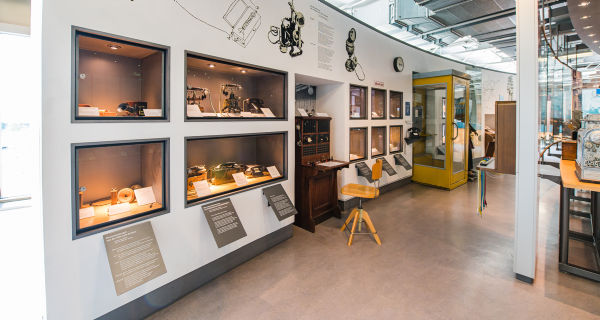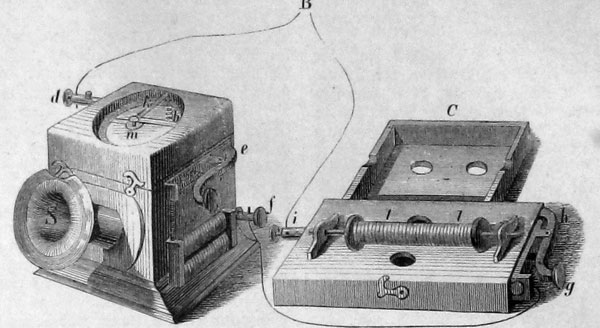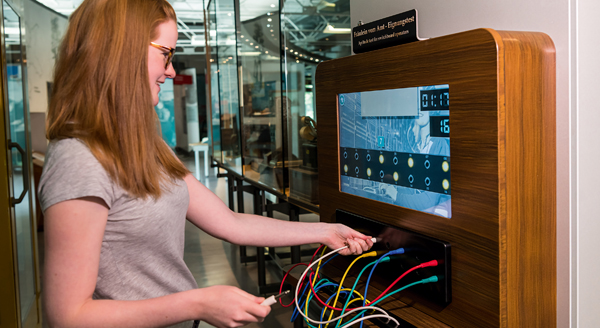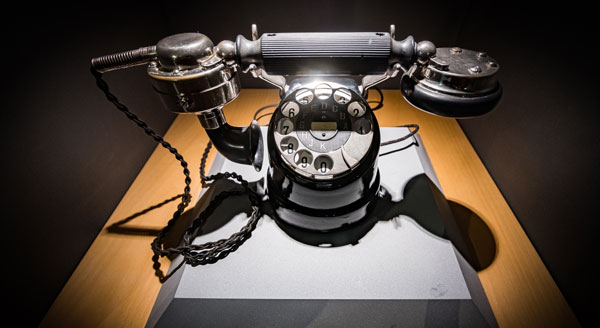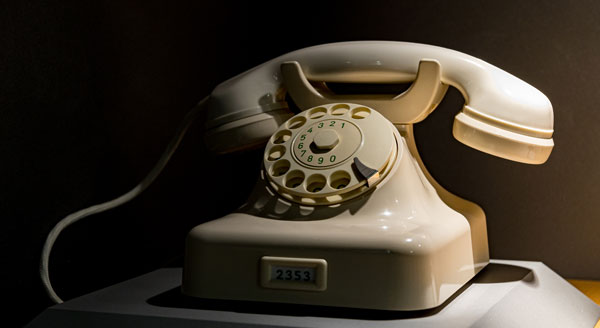In 1861, Johann Philipp Reis, a Hessian teacher, first demonstrated electrical transmission of speech. Unfortunately, he failed to find support in Germany. By 1877 Alexander Graham Bell had developed the first telephone that was suitable for practical use. In 1878, the Bell Telephone Company, a private enterprise, set up the first telephone network in the world. This was in New Haven, Connecticut, and connected 21 subscribers.
Eight subscribers in Berlin
In Germany, telephony was placed under the auspices of the Reichstelegraphenverwaltung (Imperial Telegraph Administration). Initially, the telephone was used to pass on telegrams from post offices to telegraph offices. Trial operation of a public telephone network commenced in Berlin in January 1881 with eight subscribers. In the same month, a telephone network with 71 subscribers went into operation in Mülhausen, Alsace, or Mulhouse as it is known today.
Technology moved on from local battery systems, where every subscriber telephone had its own battery, to central battery systems, invented in the USA, where there was a large battery in the exchange and power was supplied to the subscribers' telephones over the lines. Central batteries were introduced in Germany from 1903. Conversion of the public telephone network from manual operation to automatic switching took a very long time. In 1908, Hildesheim had the first automatic exchange in Europe, but it was not until 1966 that all local networks in Germany had been converted to automatic dialling.
Teletypewriters
Teletypewriters, also referred to as teleprinters, evolved from printing telegraphs in 1928. They were typewriters featuring a transmitter and a receiver, and could be installed on the subscriber's premises. In 1933, Deutsche Reichspost set up a trial of the first public autodial tele-typewriter network in the world with exchanges in Berlin and Hamburg. The number of users rose rapidly once this network officially came into service in 1935. With teletypewriters written documents could be created and communicated simultaneously. Furthermore, teletyping was cheaper than telephony. The first international teletypewriter connection was set up between Berlin and Zurich in 1934.
The switchboard operator
At the beginning of the 20th century, telephone calls were manually connected using a switchboard. The switchboard operators, generally women, had to concentrate hard on the task of taking phone calls, making connections and ending them. Visitors to the museum can experience just what it was like. They can insert phone plugs into jacks and connect calls on an electronic switchboard.
The most important telephones, a manual telephone exchange and two teletype machines are also part of the exhibition.
